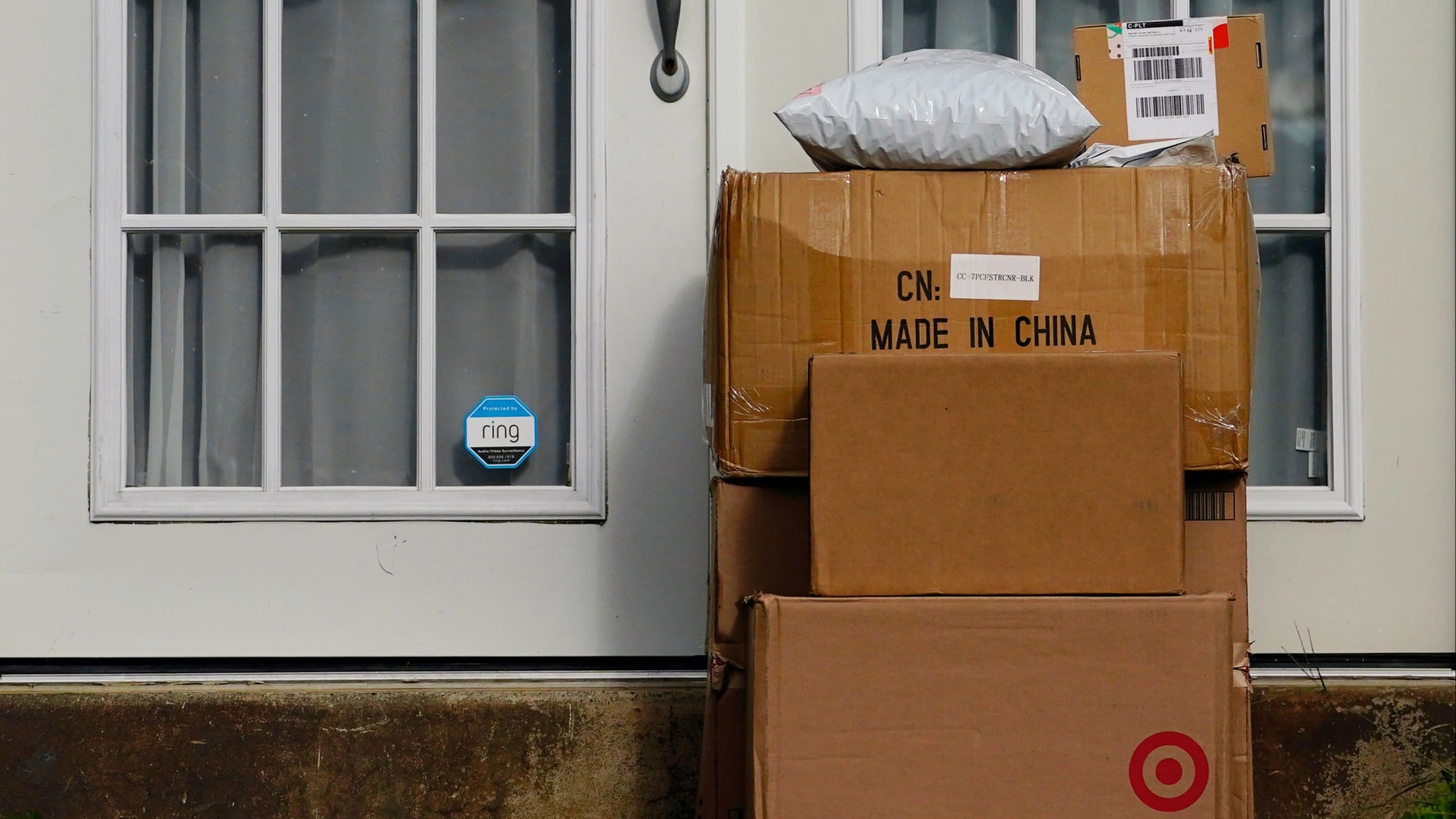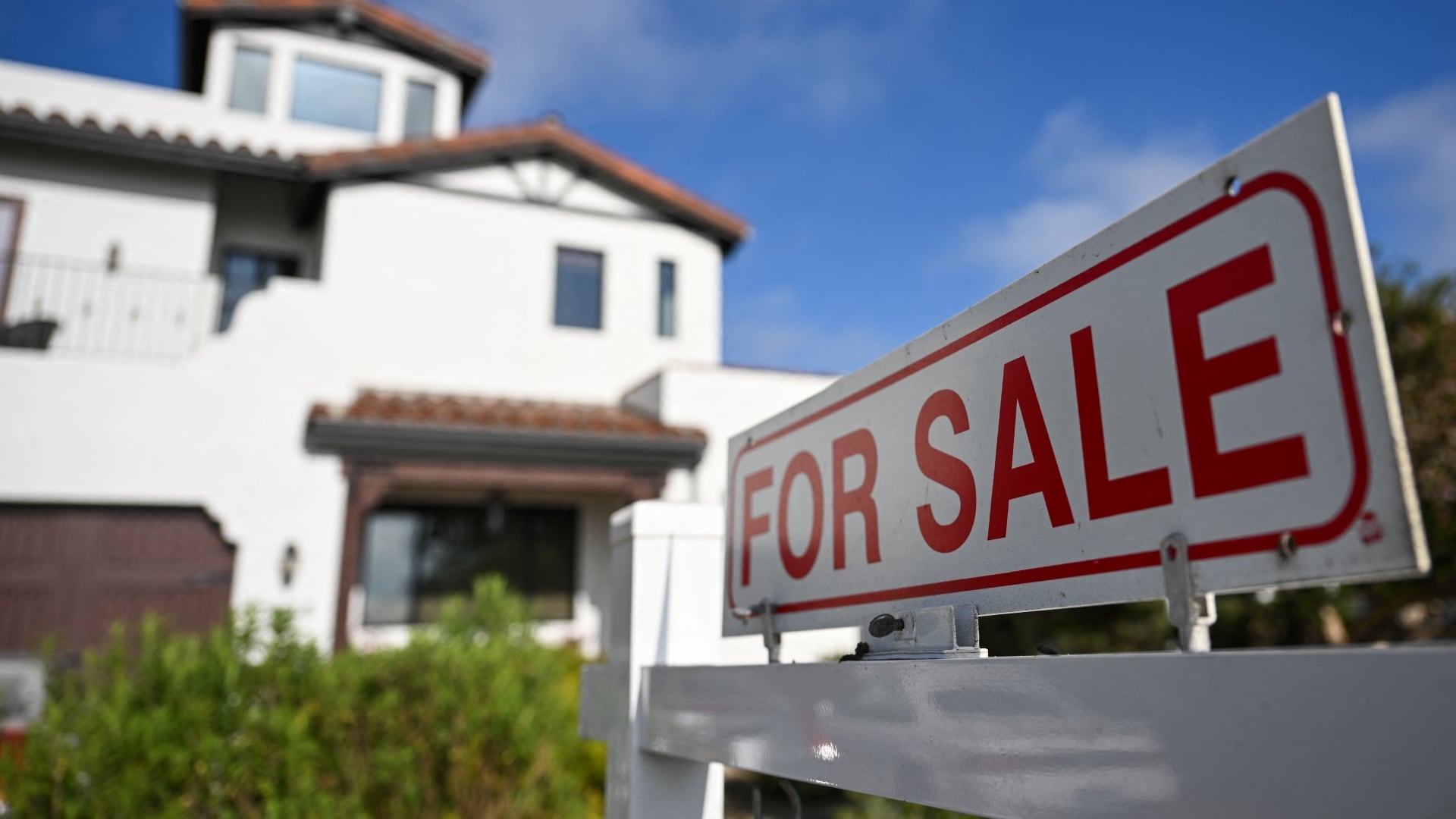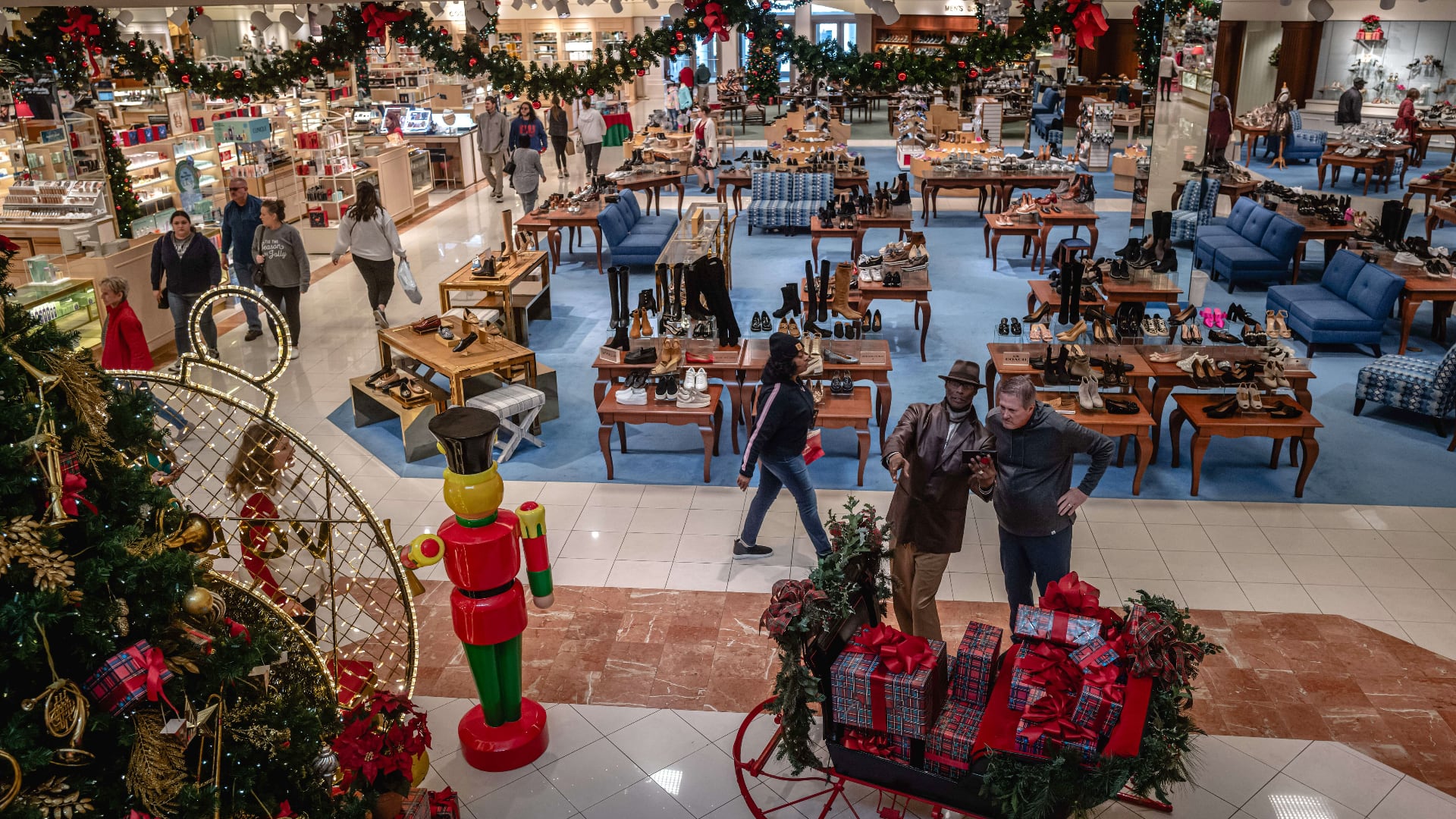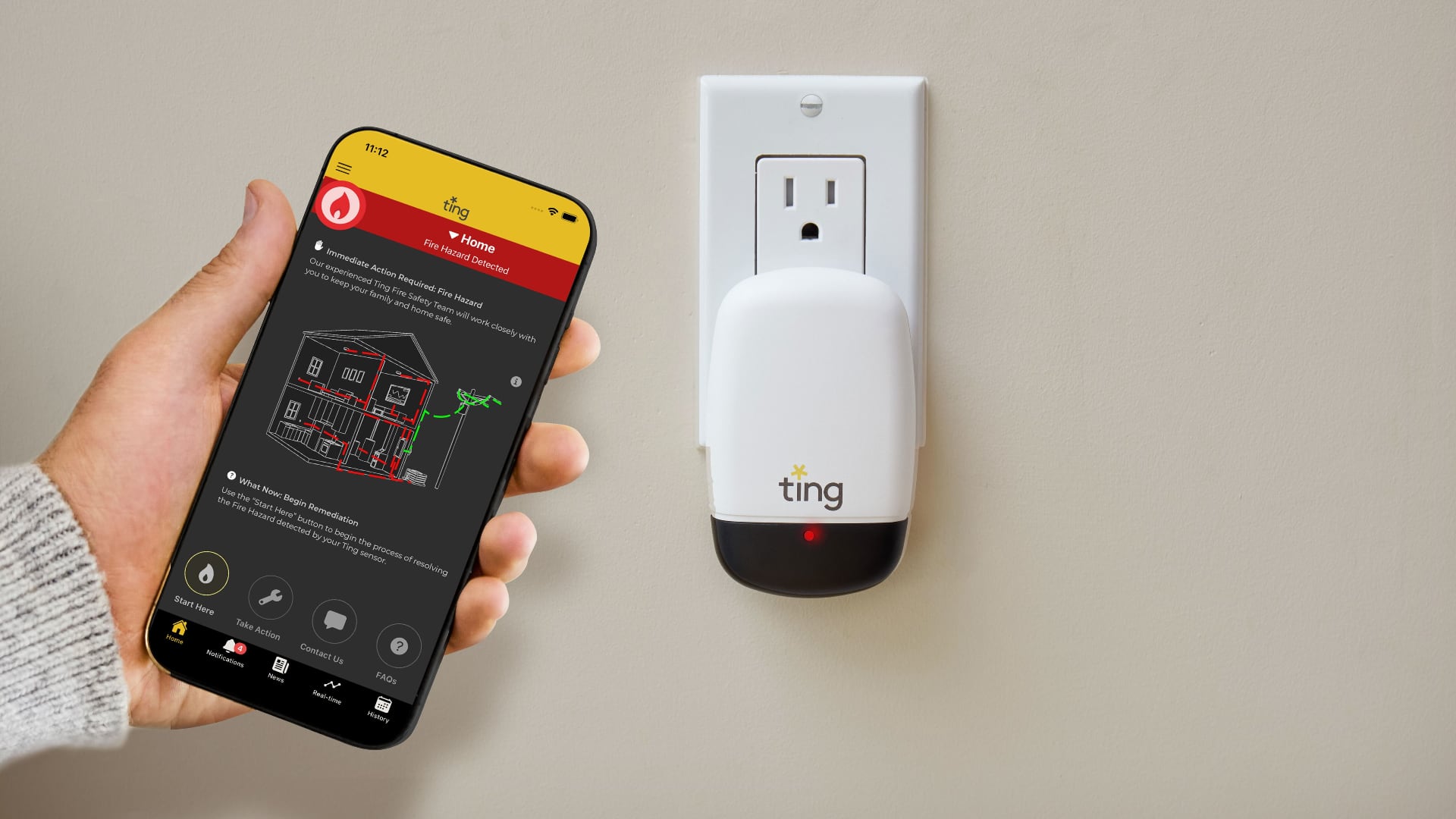By Haleluya Hadero
You found the perfect holiday gift online. You ordered it. A notification arrived on your phone, showing the package had arrived. But when you open your doors, the parcel is nowhere to be found.
If this has happened to you, then count yourself among the unlucky group of shoppers who fall victim to package thefts — or porch piracy, as it's commonly known.
Here’s what you should know about the issue, and what to do if it happens to you.
HOW BIG OF A PROBLEM IS PORCH PIRACY?
It's hard to tell. Most police departments don’t track package theft in its own category, which means there's a lack of national data.
The FBI’s figures do show burglary offenses and larceny-theft — a category that includes shoplifting, pickpocketing, and instances of package theft — have decreased overall in the last 20-plus years. But since both categories are broad and the agency doesn’t keep tabs on specific incidents of package thefts, it's challenging to know whether the problem is getting better or worse.
Some police departments have started to segregate reports of package theft into their own category, which does show some worrying signs. In Denver, Colorado, for example, there’s been more than 1,260 reported incidents of package thefts this year, up from roughly 750 four years ago.
Some industry surveys show it’s a headache for many online shoppers. A product research company called The Chamber of Commerce said it surveyed 1,250 U.S. consumers in October and found that 26% of them have been victims of package theft. The problem was roughly split between urban and suburban areas, it said, and only 18% of consumers who’ve had packages stolen reported it to police.
Another report, which used a variety of sources and was compiled by the bank Capitol One, showed 14% of Americans were victims of porch piracy last year. It said those thefts amounted to $29.2 billion in losses.
WHAT ARE COMPANIES DOING ABOUT IT?
Retailers and delivery companies are trying to combat the problem in a variety of ways.
UPS and FedEx, for example, allow customers to delay package deliveries if they’re not home or divert them to other pickup locations, either for free or with a fee.
This year, UPS also rolled out a feature called DeliveryDefense that uses AI to assess delivery risks and generate a “confidence score” for addresses where merchants need to ship packages. If the address has a low score, merchants can offer customers in-store collection or UPS pick-up points, which include CVS and Michaels stores as well as other local businesses. UPS spokesperson Jim Mayer said 350 retailers are using the service, but declined to provide examples.
Retailers like Amazon and Walmart also allow customers to track their orders and prepare for deliveries, or pick them up in stores.
Amazon, which has a limited physical footprint compared to Walmart, has lockers where packages can be picked up at third-party locations, as well as its subsidiary Whole Foods. The company also gives its Prime members the option to have packages placed inside secure locations like their garage by Amazon drivers.
In addition, retailers and brands are partnering with companies that offer shipping protections, and choosing to take on those expenses or offer it to consumers who want to pay for it.
One of these companies, Extend, noted that it works with 400 retailers, merchants and brands like Anne Klein and LensDirect, which sells contact lens and glasses. Rohan Shah, the founder of Extend, says high-end retailers who are focused on retaining customers are choosing to pay for warranties. But the majority are offering it to consumers as an add-on.
WHAT DO I DO IF I CAN'T FIND MY PACKAGES?
Retailers say customers should check their order status and confirm whether a package was delivered. If the delivery was finalized, they say customers should ask other members of their household or their neighbors to see if someone else accepted the delivery.
If that doesn’t work, the best thing to do would be to reach out to the company from which you purchased the item.
Shah, from Extend, said retailers are often trying to determine if customers are telling the truth, and looking at things like the shopper’s prior history of reporting stolen packages to determine how they should respond. Some, he said, are asking customers to file police reports, which most people don’t want to do whether they’re lying or not.
“There are these points – what I like to call friction or ‘gotchas’ – where (retailers) will try to minimize customers filing these claims because they know it's going to cost them,” Shah said. “It's a bit of a headache for all parties involved.”
Ben Stickle, a criminal justice professor at Middle Tennessee State University and a leading expert on the topic, said retailers are generally willing to replace stolen packages, which might be driven by a desire to maintain their brand reputation and customer loyalty.
Amazon encourages customers to contact customer service if they don’t have their package in hand within 30 days of expected delivery. Customers who ordered items from Amazon’s third-party sellers should contact those merchants, the company says on its website. Walmart also says customers should reach out to the company.
Target includes a clause on its site that says the risk of loss passes to the buyer after the company delivers an order to a carrier. Still, the company says on its site that customers who can’t find their deliveries can request a replacement or a refund online.
If retailers aren’t helping, Consumer Reports says customers should contact the shipping company. If the purchase was made with a credit card, it might also be worth checking the credit card company’s benefits to see if it includes insurance for lost or stolen items, they said. Homeowners or renters insurance might also help, it noted, but those policies usually have deductibles of $500 or more.
WHAT DOES THE LAW SAY?
Stealing packages delivered by the U.S. Postal Service is a federal crime. But punishment for taking parcels delivered by private carriers, like UPS or Amazon, falls under state laws, which can differ.
A bill to expand federal penalties to packages delivered by private carriers was introduced in Congress last year by U.S. Rep. Dean Phillips, a Democrat from Minnesota. But the legislation hasn’t advanced.
Meanwhile, some states — including Texas, New Jersey and Michigan — have been changing their own laws in the past few years to impose more stringent penalties on porch piracy.









